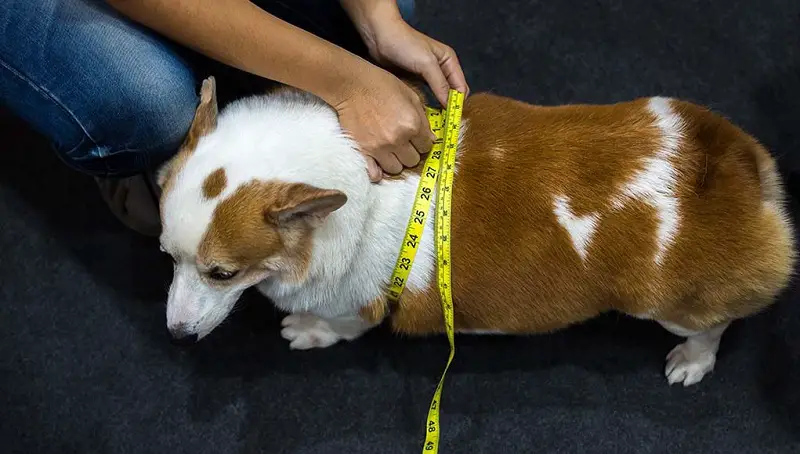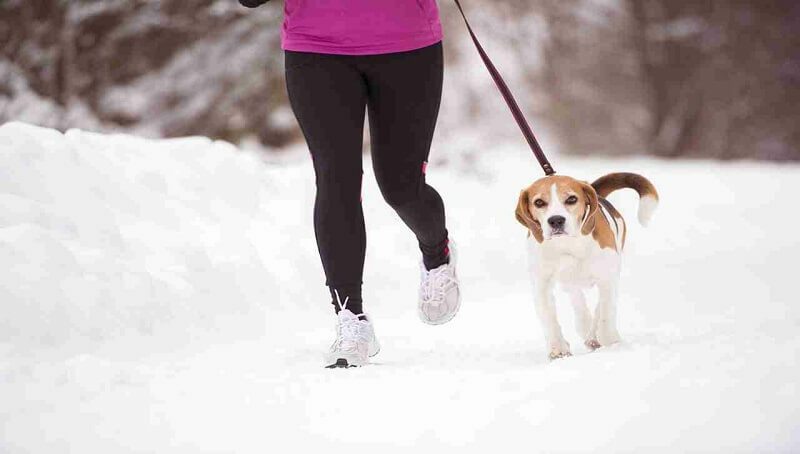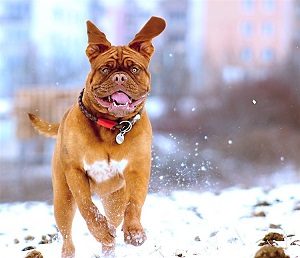
Obesity Treatments: Tipping the Scale for Fat Dogs
September 28, 2022
Why Does My Dog Eat Grass?
September 29, 2022
Does your dog love winter or would he prefer the feeling of sitting on the couch under a comfortable blanket? Either way, you should be prepared to protect him when he goes outside. Winter tips are important to keep the pet safe this season.
Many dog owners live with the misconception that due to their pets’ coats of fur, they can tolerate the cold better than we do. That’s not necessarily the case. Just like us, these fur-covered creatures are used to the warmth of the inner shelter, and the cold weather can be just as harsh for them as for us humans. Whatever your opinion about winter for dog walks, one thing remains certain: It is a time when our beloved pets need a little extra care.
You can find below some winter care tips to keep in mind while exploring the winter landscape with your four-legged faithful friend.
Prevention of health risks
First, let’s talk about two cold weather conditions that you should keep in mind.
Frostbite
Frostbite begins when the dog’s body cools down. This is the case where the body pulls blood from the extremities to its center to stay warm. Your dog’s ears, paws, or tail can cool so much that ice crystals can form in the tissue and damage them. The difficult thing to remember about frostbite is that it is not immediately obvious. Watch out for signs of pale or gray skin. The skin can also become hard and cold. Because frostbite areas are warm, they can be extremely painful. The heavily thawed skin will eventually turn black and disappear.
Hypothermia
A second serious concern of winter weather is hypothermia. This happens when a dog spends too much time in the cold, gets wet at low temperatures, or when dogs with poor health or circulation are exposed to the cold. In mild cases, the dog will tremble, and the ears and legs may cool down. As hypothermia progresses, it may show signs of depression, lethargy, and weakness. As the condition worsens, the muscles will stiffen, the heart and breathing rhythm slow down, and the pet will not respond to stimuli. Severe hypothermia is life-threatening.
Protecting your dog from frostbite and hypothermia is essential, so learn how to recognize the signs that your dog needs to get inside to warm up.
Is your dog cold?
If it’s too cold for you to be able to stand at the door without your coat, it’s probably too cold for your dog, too, so be careful about his behavior while he is outdoors.
If you notice that your dog is complaining, trembling, or seems restless, or stops playing and seems to be looking for places to lash out, then it’s time to take him home.
- Let’s talk about temperature.
Some dog breeds are blessed with thick fur that keeps them naturally warm, even at very cold temperatures, but dogs with thin fur may need to wear a sweater or coat when they are on winter walks. A good jacket or coat should reach from the neck to the base of the tail and also protect the belly. Remember, however, that clothes will not prevent frostbite in the ears, legs, or tail, so even with a comfortable coat, do not keep the short-haired dog out for too long in freezing temperatures.
You might also like my articles on:
- How to stop a dog from pulling on the leash
- How to stop a dog from barking at another dog
- Why dogs refuse to come inside
- Take a walk when the sun shines
If your dog feels cold, try walking him in the late morning or early afternoon when the temperatures are a little warmer, and avoid walking him early in the morning or late in the evening. Spend time playing outdoors when it’s sunny. The sun brings the added benefit of providing vitamins to both you and your pet.
- Limit outdoor time in winter
Your family pet may love to spend time outdoors, but in winter even the gentlest dog can get cold. Ears, paws, and tails are all susceptible to frostbite. Take your dog out frequently for walks, exercise, and play, but when the temperature drops, don’t leave him outdoors for long periods of time. A good rule is to go out with him, and when you’re ready to go in, he probably will be too. If he is alone in the yard, check him often to make sure he does not show signs of a cold.
- Protect your dog from heaters
Dogs will often look for heat in cold winter and might end up getting too close to heating sources. Avoid space heaters and install radiator caps to avoid burning your pet’s fur. Fireplaces are also a major threat, so please make sure you have a pet-resistant system to keep your friend out of danger!
- Hydration for the skin
Dry and cold weather can do a lot on your pet’s skin. It helps prevent dry and flaking skin if you add a skin and coat supplement to your dog food. Coconut oil is a good natural moisturizer that can help keep your pet’s skin and coat healthy. If you find your pet’s paws, ears, or tail dry or cracked, you can also apply local coconut oil as needed.
- Do not overfeed him!
Although dogs may need an extra layer in winter, make sure it comes as a layer of skin and not a layer of fat. Cold temperatures can even cause lazy behavior and the need for fewer calories. Pay attention to your dog’s level of activity and regulate his calories accordingly. A high-quality food, preferably a raw meat diet, will help ensure a healthy layer and good energy for the cold winter months.
- Keep him hydrated
Dogs should dehydrate as much in winter as in summer. Although many dogs eat snow, it is not a suitable substitute for fresh water.
- Take care of your dog’s fur
Your dog needs a clean, well-groomed coat to keep him properly insulated. This is more important if you spend a lot of time outdoors. After bathing, dry it well.
- Care for paws is necessary
 Just as we tend to develop cracks in the palms in winter, dogs can also suffer from cracked paws. If your dog has furry legs, cut the hair that grows between his pads to prevent the accumulation of ice between the pads.
Just as we tend to develop cracks in the palms in winter, dogs can also suffer from cracked paws. If your dog has furry legs, cut the hair that grows between his pads to prevent the accumulation of ice between the pads.
Winter salt on the sidewalks of the city can also burn his paws and it is also toxic, so after walking around the neighborhood, rinse or wipe the dog’s paws to remove any salt, as you don’t want him to lick it. If your dog shows signs of discomfort when walking outside on frozen or salty surfaces, consider using dog boots to protect his paws.
- Watch where your dog is playing
Although your dog is probably having fun outdoors, take frequent breaks for water and heating and never stay out too long. If you are walking or playing in unfamiliar areas, keep your dog close. It is easy for him to venture on unsafe surfaces, such as frozen ponds or lakes. They can be covered in snow and are not easily visible.
- Avoid exposure to toxins
With winter comes antifreeze. Antifreeze tastes sweet, and dogs will lick it or drink it easily. Antifreeze is highly toxic and only a small amount can be fatal. Keep your dog out of the garage and alley where he may encounter antifreeze or other harmful chemicals.
- Never leave your dog unattended in the car, regardless of the season
Just as cars can get dangerously warm in the summer, cold and frozen temperatures are just as dangerous for your dog during winter. Leaving the car running involves additional risks, such as carbon monoxide poisoning if the car is parked in the garage. Leave your dog at home when you go out for errands.
- Special care for the elderly
Cold weather will often worsen existing medical conditions in dogs, especially arthritis. It is very important to maintain an exercise regimen with your arthritic dog, but take care of slippery surfaces and make sure your dog has a warm soft rest area to recover from the activity. If you are not already giving your senior dog a natural joint supplement to lubricate the joints and ease the discomfort of arthritis, I recommend adding one in the winter. Like humans, dogs are more susceptible to other diseases during winter.
The Winter season brings a wide variety of concerns to responsible dog owners. The bitter cold, numbing humidity, or cold winds can cause discomfort to that special dog in your life. Paying special attention to the well-being of your loyal friend during the winter season will ensure that you both enjoy the walks to the fullest.
Keep these winter care tips in mind and enjoy all that winter has to offer. And don’t forget that winter hugs with your canine friend are a great way for everyone to warm up!
